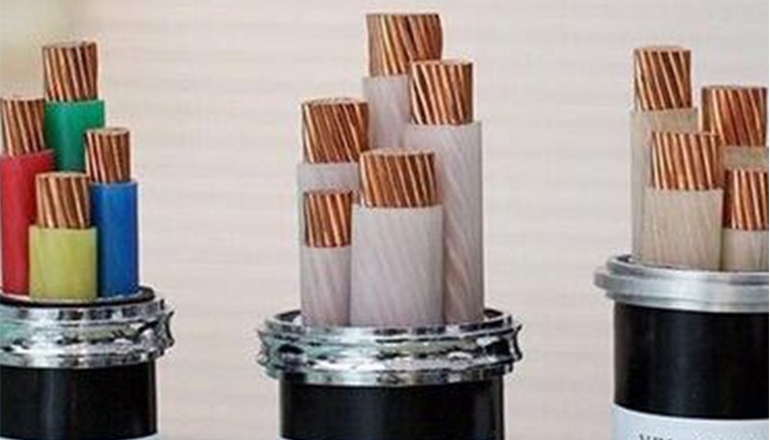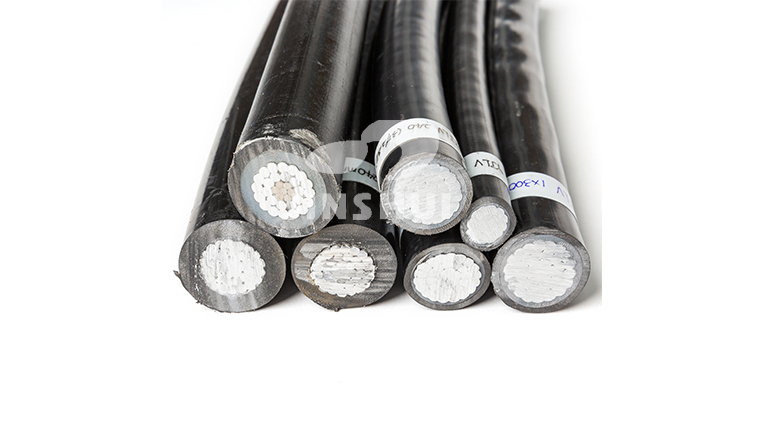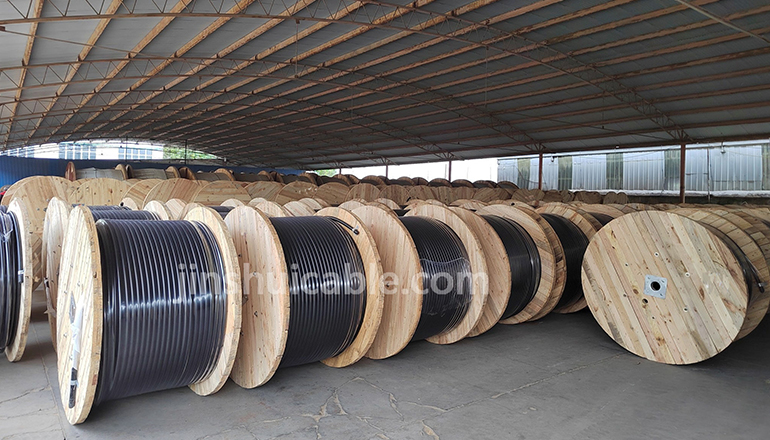- Offices Time:24 Hours Online
- Email:[email protected]
- WhatsApp:+8618339938759
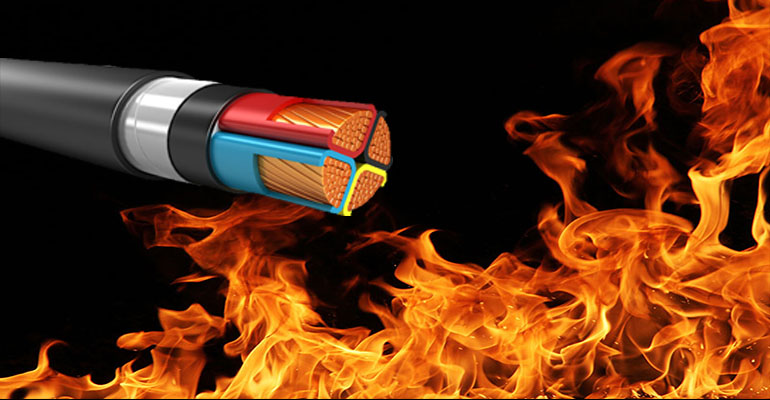
Posted on December 7, 2022
How to choose fire-resistant cables correctly?
Fire-resistant cable refers to the performance that the sample is burned in the flame under the specified test conditions and can still maintain normal operation for a certain period of time. Its fundamental characteristic is that the cable can still maintain the normal operation of the line for a period of time in the event of a fire. In layman’s terms, if a fire occurs, the cable will not burn immediately, and the circuit is more secure. The fundamental difference between fire-resistant cables and flame-retardant cables is that fire-resistant cables can still maintain normal power supply for a period of time when a fire occurs, while flame-retardant cables do not have this feature. The cable is mainly used in the power supply circuit from the emergency power supply to the user’s fire-fighting equipment, fire alarm equipment, ventilation and smoke exhaust equipment, guide lights, emergency power sockets, and emergency elevators.
Fire resistant cable is a cable that can still be energized for a specified period of time under fire conditions. To meet the normal use of channel lighting, emergency broadcasting, fire alarm devices, automatic fire-fighting facilities and other emergency equipment in case of fire, so that people can evacuate in time. During a fire, it also has the characteristics of low smoke generation and low smoke toxicity. The price of fire-resistant cables is relatively expensive. It is generally used in high-rise buildings, electric power, petroleum, chemical industry, ships and other places that require high fire protection conditions. It is a necessary cable for emergency power supplies, fire pumps, elevators, communication signal systems and other occasions.
Ordinary fire-resistant cables are divided into Class A and Class B: Class B cables can withstand burning for at least 90 minutes in a flame of 750 ° C to 800 ° C and at rated voltage without being broken down. On the basis of improving the manufacturing process of the refractory layer and adding the refractory layer, a class A refractory cable was developed, which can withstand burning for at least 90 minutes in a flame of 950 ° C to 1000 ° C and at rated voltage without being broken down. The fire resistance of class A fire-resistant cables is better than that of class B.
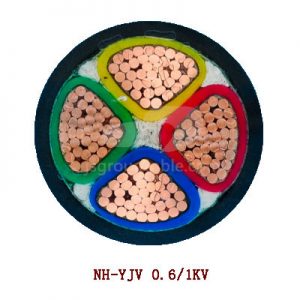
1.The basic way to realize the fire resistance of cables
(1) Minimize the combustible substances in the cable constituent materials;
(2) Create conditions to isolate oxygen, reduce conduction, and block heat radiation;
(3) Make the cable form a thick and strong carbonized layer when burning, so as to cut off the contact between combustible substances and oxygen;
(4) Increase the cooling effect in the combustion process.
2.How to choose fire-resistant cables?
(1) When fire-resistant cables are used in cable tunnels and cable interlayers where cables are relatively dense, or in flammable places such as oil pipes and oil depots, Class A fire-resistant cables should be preferred. In addition to the above conditions and when the number of cables configured is small, Class B fire-resistant cables can be selected.
(2) Fire-resistant cables are mostly used as power supply circuits for emergency power supplies, and are required to work normally in case of fire. Since the ambient temperature rises sharply when a fire occurs, in order to ensure the normal transmission capacity of the line and reduce the voltage drop, for circuits with long power supply lines and strict limits on the allowable voltage drop, the section of the fire-resistant cable should be enlarged by at least one gear.
(3) There is an essential difference between fire-resistant cables and high-temperature cables, and cannot be used as high-temperature-resistant cables.
(4) In order to reduce the failure probability of cable joints in fire accidents, the number of joints should be reduced as much as possible during installation to ensure that the lines can work normally in a fire. If branch wiring is required, the joints should be treated with fire protection.
Post categories
Most Popular Posts
-
The 135th China Canton Fair
March 20, 2024 -
What are the laying methods of copper core wires and cables?
January 9, 2024 -
What are the advantages of aluminum conductor cables?
December 14, 2023 -
Characteristics of high temperature wires and cables
December 7, 2023



